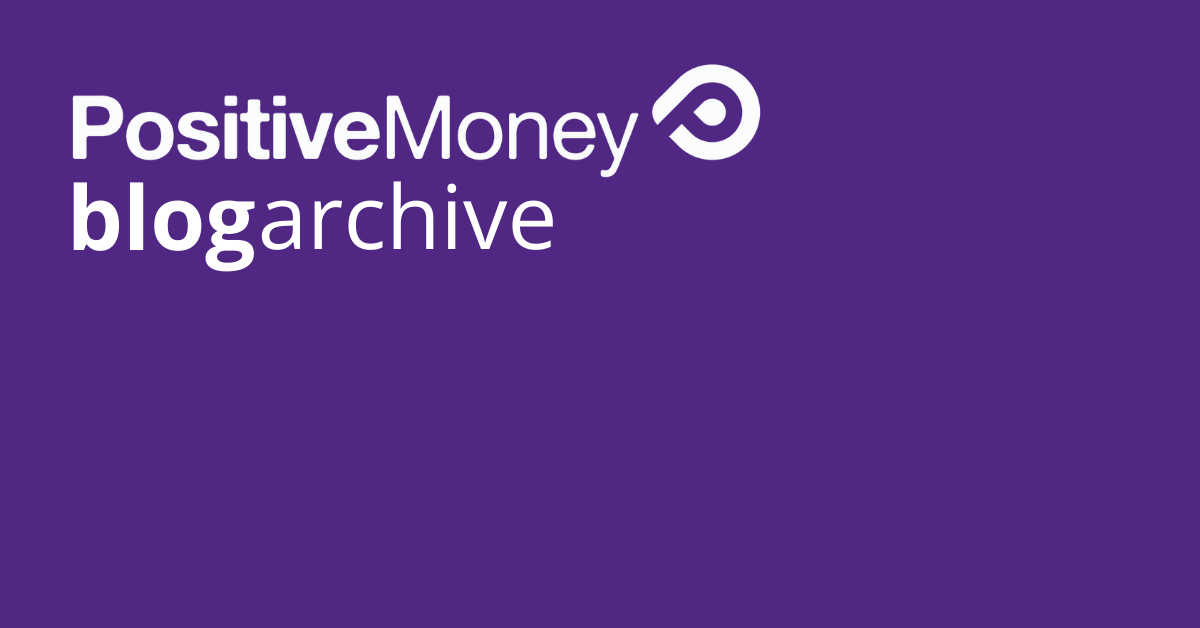The Chicago Plan & Positive Money’s proposals – What is the difference?

This article was originally published on the Clint Ballinger’s website on 25th December 2012 as a reaction to the previous post on Post Keynesianism, MMT, & 100% Reserves Project, Post No. 2.
It gives an answer to the question:
Does full reserve banking actually stop banks being able to create money out of thin air?

The Positive Money proposals are often mentioned alongside the Chicago plan/full reserve/100% reserve proposals. The Positive Money proposals do indeed have the same goal, that is: to stop banks creating money in the process of making loans (or buying assets). However, the method is different. In the case of the Chicago plan they do it by forcing banks to hold reserves against their deposits. As some people have pointed out, this doesn’t necessarily stop banks creating money – that is, it is quite possible for there to be money creation by the banking sector with 100% reserves (incidentally for exactly the same reasons a 10% reserve ratio doesn’t constrain deposit creation, although it does require the central bank to play along).
The Positive Money proposal, on the other hand, does not suffer from this problem. Instead of backing deposits with reserves, we give people access to the state created means of payment itself. Thus, unlike in the current system where two types of money circulate separately – central bank created reserves which are only used by the banking sector, and commercial bank created deposit money which is used by everyone else – in the Positive Money system there is no longer a split circulation of money, just one integrated quantity of money circulating among banks and non-banks alike.
This is achieved by removing the sight [or call] deposits from the banks’ balance sheets and placing them onto the central bank’s balance sheet (in what will be called transaction accounts). The private banks then obtain a new liability of the same size to the central bank, and correspondingly the central bank an asset from the banks. This banks’ liability to the central bank is to be repaid as their assets mature, with the money repaid in this way to be recycled back into the economy by the central bank granting money to government to be spent into circulation.
In effect, the central bank has ‘extinguished’ the banks’ demand liabilities to their customers by creating new state-issued electronic currency and transferring ownership of that currency to the customers in question. In a sense, everyone starts banking at the central bank (although we would hire the banks (which will in the future most likely face competition from financial technology (fintec) companies) to administer our accounts for us).
Lending occurs in this system when people move their money from their transaction account (held at the central bank) to an ‘investment account’. This will be broadly similar to a time deposit today – there will be minimum notice periods; however, unlike today they will also carry some risk (i.e. if the underlying assets go bad they may lose some of their money). The money transferred to the banks will then be transferred to a borrower. So, in this system – known as a Sovereign Money system – lending by banks merely transfers money around the system; no new money or purchasing power is created when loans are made. In a Sovereign Money system, all electronic money is held on the central bank’s balance sheet and therefore any bank can be allowed to fail, without any effect on the money supply.
So, with the PM Sovereign Money system it is possible to achieve the aims of the Chicago plan, whilst retaining double entry bookkeeping.
The Positive Money proposals are explained in detail in the brand new book “Modernising Money” (336 pages).